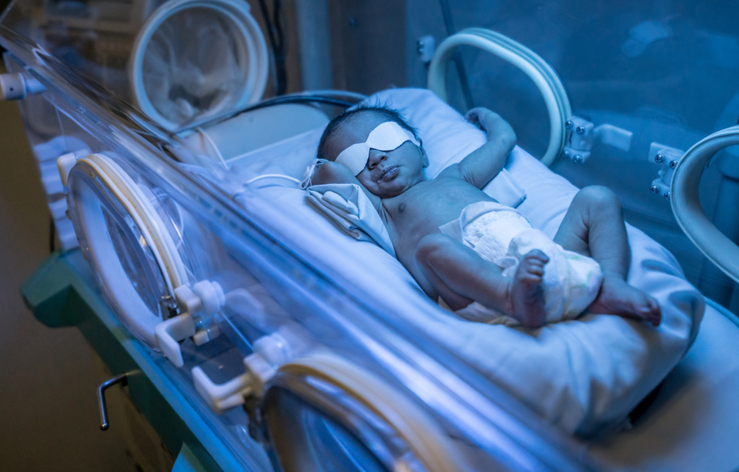Premature birth is a challenging circumstance that places infants at a heightened risk for various health complications, including the threat of infant mortality. One of the complications that can result is particularly challenging—hemolytic disease of the fetus and newborn (HDFN).
As a mother whose daughter was born prematurely at 35 weeks and subsequently diagnosed with HDFN, this topic is close to my heart.
Understanding HDFN
HDFN is a rare but serious medical condition that occurs when a mother’s blood cells cross the placenta and enter the bloodstream of the developing fetus. The mother’s immune system identifies the baby’s red blood cells as foreign invaders and produces antibodies against them.
Learn more about HDFN treatment and care
These antibodies can attack and destroy the baby’s red blood cells, leading to anemia and jaundice. The severity of HDFN can range from mild to life-threatening, depending on various factors, including the extent of antibody production and the timing of diagnosis. My child had a more severe form of HDFN, requiring three intrauterine blood transfusions before birth and three blood transfusions after birth.
The effect of HDFN on premature infants
Premature birth is already challenging, but when coupled with HDFN, the situation becomes even more critical. A premature newborn’s immune system is not fully developed, making the child more susceptible to the adverse effects of HDFN. Anemia and jaundice are common symptoms of HDFN, and both can have severe consequences for the infant’s health. My baby experienced both symptoms in conjunction with excessive tiredness and fatigue.
Treating jaundice in the NICU with phototherapy
One of the primary symptoms of HDFN is jaundice, which is characterized by the yellowing of the infant’s skin and eyes due to elevated bilirubin levels in the blood. To address this concern, healthcare providers in the neonatal intensive care unit (NICU) often employ phototherapy.
Phototherapy involves placing the baby under blue lights that help break down excess bilirubin in their blood, ultimately reducing jaundice. In this process, the baby wears special protective glasses, and, typically, the only clothing allowed is a diaper, ensuring that the maximum amount of skin is exposed to the therapeutic light. My HDFN baby underwent seven days of phototherapy. Her bilirubin levels would drop, but once taken out of the light, they would jump back up.
The emotional toll of phototherapy on parents
While phototherapy is an effective treatment for jaundice associated with HDFN, it presents significant emotional challenges for parents.
Babies undergoing phototherapy spend extended periods under the lights, and parents are only permitted to hold or remove them from the light source during feedings. This limited physical contact was emotionally distressing, as I was unable to bond with my newborn in the way that I had envisioned. It is very disheartening to be told that feeding time is up. Still, as a parent, you want to do what is best for your child, which ultimately is resuming phototherapy.
Breastfeeding challenges in the NICU
Breastfeeding is a fundamental aspect of early infant nutrition and bonding. However, mothers whose babies are in the NICU and are also undergoing phototherapy often encounter difficulties in establishing and maintaining their milk supply.
Breastfeeding requires close physical proximity and skin-to-skin contact between the mother and baby, which is disrupted by the necessity of phototherapy. As a result, mothers may struggle to provide breast milk for their infants, which can add to the emotional burden of the situation. My breast milk came in; however, I believe I would have had a better supply if she had been in the room with me and if I had been allowed more bonding time.
The takeaway
HDFN is a rare but potentially life-threatening condition that can affect premature infants, further complicating their already delicate health. Phototherapy, while essential for treating jaundice associated with HDFN, presents significant emotional challenges for parents, hindering the bonding process and breastfeeding efforts.
Healthcare providers and support systems must recognize and address the emotional toll of these treatments on parents, and offer guidance and assistance to navigate this challenging journey. Ultimately, the combination of medical expertise and emotional support is vital in ensuring the best possible outcomes for infants with HDFN and their families.


